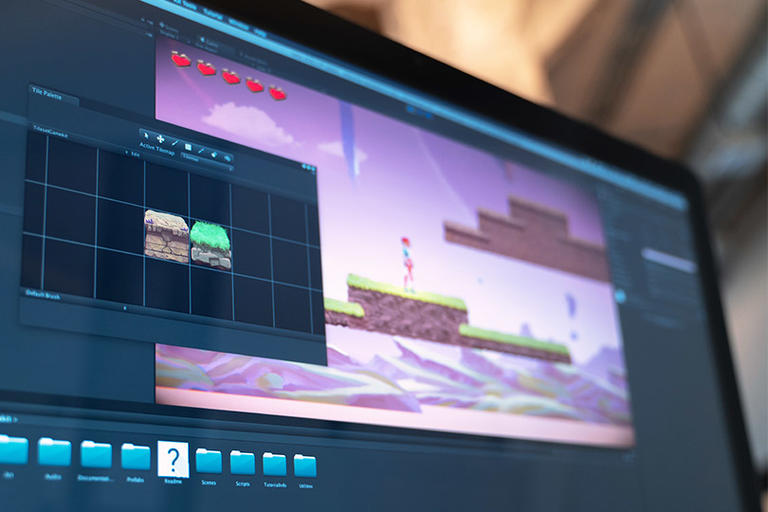Storytelling has long been an important part of game design. Through stories, game designers can create immersive experiences for players that draw them into the game’s narrative and world. But the power of storytelling in game design goes beyond simply creating an engaging narrative.
It can also be used to create a deeper connection between the player and the game, as well as to influence the player’s decisions and drive them towards a particular outcome. You can also look for a game design element via https://rocketbrush.com/blog/game-design-indie-games-unique-sales.

Image Source=Google
A Good Story
The first step in using storytelling in game design is to create a good story. This means crafting a narrative that is engaging, well-written, and appropriate for the game’s genre. Additionally, the story should have characters that the player can relate to and a narrative arc that builds tension and intrigue.
A Deeper Connection
Storytelling can also be used to create a deeper connection between the player and the game. This can be achieved by presenting the player with characters that they can relate to and by allowing them to make decisions that affect the game’s outcome. This gives the player a sense of ownership and control over the game, making them feel more invested in the outcome.
Influencing Player Choice
Storytelling can also be used to influence the player’s decisions. For example, a story can be used to present a moral dilemma in which the player must choose between two equally valid outcomes. This allows the game designer to shape the player’s behavior and to drive them towards a particular outcome.